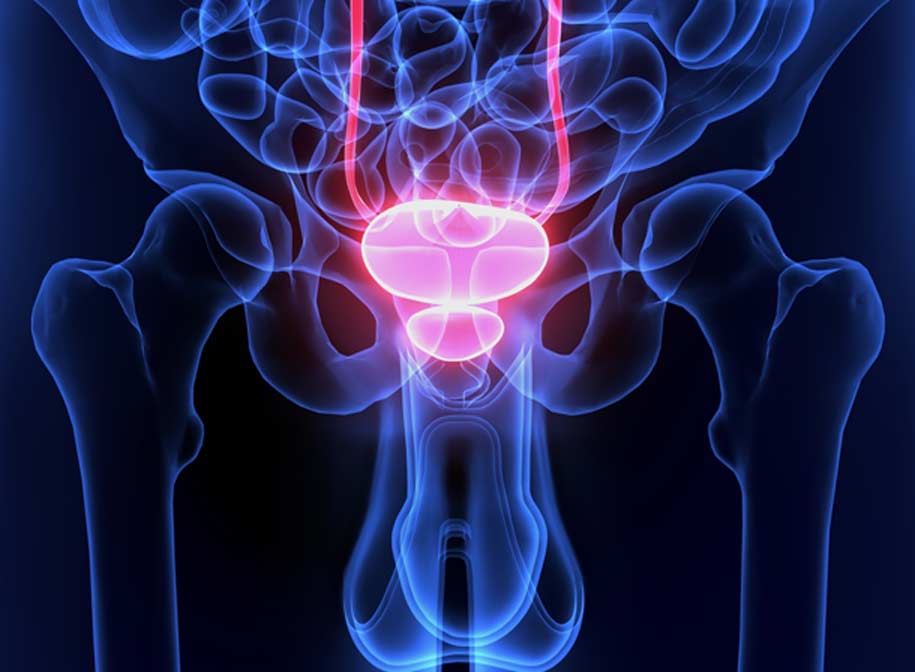
A prostate biopsy is done to take a closer look at suspicious prostate tissue.
The prostate is a small, walnut-sized organ, and it produces a substance that transports and nourishes sperm. This biopsy is most often performed to determine if a man has prostate cancer and might be recommended if:
- PSA levels are higher than what is considered normal for the patient’s age
- PSA levels are elevated even though a previous biopsy was normal
- During a digital rectal exam, the doctor discovers abnormalities or lumps
- A previous biopsy showed abnormal prostate tissue cells
Preparation
Proper preparation is important before having a prostate biopsy. Possible preparation steps may include:
- Giving a urine sample so that the doctor can determine if the patient has a urinary tract infection before the procedure. If an infection is present, it will usually need to be treated before the patient can have the biopsy.
- If patients take a blood-thinning medication, they are often asked to temporarily stop taking it for a few days before the biopsy to reduce the risk of bleeding during and after the procedure.
- About 30 to 60 minutes prior to this procedure, patients may be given antibiotics to reduce the risk of infection.
- A day or two before the biopsy, patients might be asked to use a cleansing enema.


What to Expect
There are two primary methods that doctors use to perform a prostate biopsy. The first type is a transperineal biopsy. This involves going through the perineum to retrieve a sample of prostate tissue. Imaging is typically used to help the doctor guide the needle.
The most common method is a transrectal biopsy. This type involves using a small ultrasound probe that the doctor inserts into the patient’s rectum. This probe provides images of the patient’s prostate to help guide the biopsy instrument to the right area.
The doctor will then numb the area and situate the biopsy device. From here, the doctor will retrieve prostate tissue samples. In most cases, the doctor will take 10 to 12 tissue samples for pathology to study. On average, this method takes approximately 10 minutes.
Risks & Recovery
There are possible risks associated with a prostate biopsy. These may include:
- Rectal bleeding
- Blood in the urine
- Infection
- Blood in the semen
- Difficulty urinating
These are typically temporary. However, men should talk to their doctor if they experience them. If an infection occurs, patients usually recover with a course of antibiotics.
For approximately 48 hours after the biopsy, patients are generally advised to rest. A short-term antibiotic may be prescribed to reduce the risk of infection. Some soreness in the rectal area is possible for a few days following the biopsy.
Make sure to have a prostate biopsy performed promptly if a doctor recommends this procedure. Follow all instructions to prepare and recover to make the process as smooth as possible.


